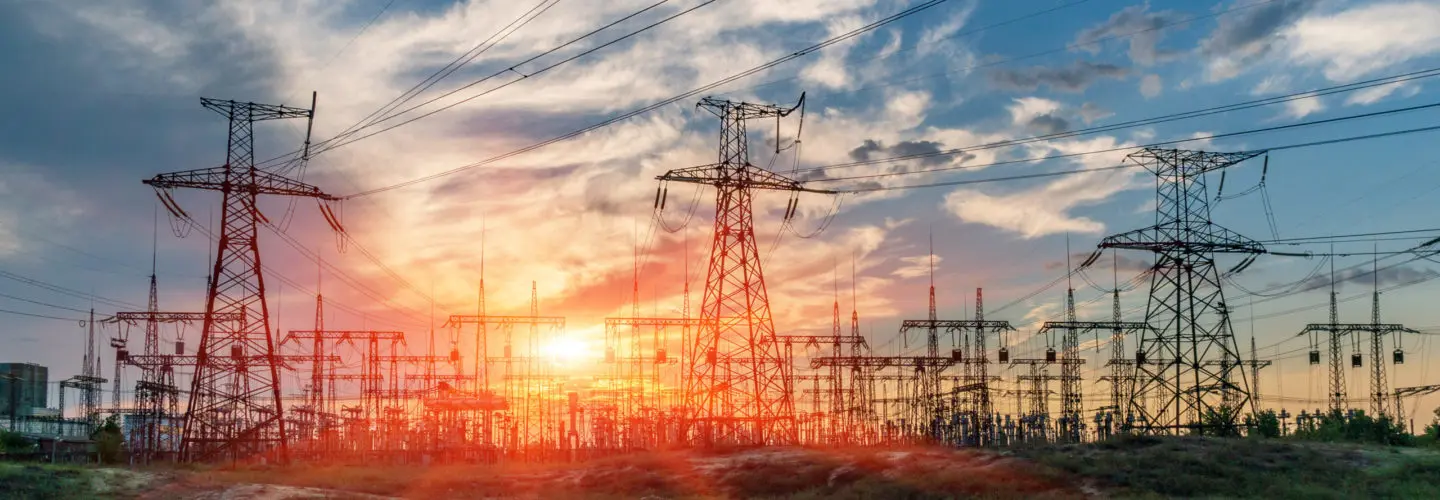Acadia Center’s Impact in Eversource’s Rate Docket, DPU 22-22
On Wednesday, December 2, the Department of Public Utilities issued a ruling in DPU Docket 22-22, allowing Eversource to increase base distribution rates for electric service and approving a proposed Performance-Based Ratemaking (PBR) plan with a few changes championed by Acadia Center and other intervenors.
During the process and in its brief, Acadia Center argued that Eversource’s PBR plan should be approved, though with several significant alterations. Below represents Eversource’s petition, what Acadia Center asked for in modifications, and what was approved by the Department.
Negative X Factor – Rejected
Eversource: A productivity factor is an accounting tool that attempts to measure the difference in the expected growth rates of an electric utility’s productivity compared to the overall economy. Eversource’s last rate case in 2018 resulted in the DPU approving, for the first time in the country, a negative productivity factor, which added over $135M in automatic rate hikes with no strings attached over the last 4 years. As part of this year’s rate case, Eversource again sought a negative productivity factor, -1.45 percent. The company initially claimed that without the negative X-factor, the company would need to come in for rate cases more often than once every 5 years, driving up transaction costs.
Acadia Center: As we did in the last rate case, Acadia Center asked the Department to reject the use of a negative X-factor, noting that Eversource’s proposed solution did nothing to address the underlying problem that the utility was becoming less productive every year. We noted that Eversource has received annual revenue increases under this plan of between 2.97% and 3.55%, totaling $135 million, and that a negative X-factor is unprecedented in the United States outside of Massachusetts. Acadia Center contends that a negative X-factor can result in an increase in revenues for the utility without creating a real incentive to improve performance overall or to deliver better outcomes for customers.
DPU: The Department got rid of the negative X-factor – in a way. It approved an X-factor of zero, as Eversource relented to in rebuttal testimony, despite them stating in the same testimony that an X-factor set at zero would result in an unworkable PBR plan. As part of this compromise, the DPU approved other factors that will be advantageous to Eversource.
Length of PBR Term – Shortened
Eversource: After its 2018-2023 PBR plan, Eversource sought a ten-year investment plan, arguing that it would give them enough time to achieve its goals and to provide certainty needed to follow through with medium- and long-term strategic business decisions.
Acadia Center: Acadia Center asked the Department to approve a five-year PBR plan, as had been approved by the Department in the past, particularly in situations where a company is expected to undergo substantial capital investments. Additionally, given the fast changing nature of energy, the assumptions that all parties make today are unlikely to be true in 10 years, and it is better for all to be able to revisit these issues in 5 years.
DPU: The Department appeared to agree with Acadia Center’s arguments, ruling for a five-year term instead of ten. The Department noted that the substantial capital investments that Eversource is planning on undertaking, such as critical infrastructure projects and other investments necessary to comply with legislative and administration policy initiatives, were more in line with a five-year term. It determined that a five-year term would allow for the resources and flexibility necessary for Eversource to adjust its operations and investments efficiently, and, in turn, best ensure ratepayer benefits of increased operational efficiencies and improved service, and the opportunity for avoided administrative costs. The DPU also said Eversource could file a request to continue the PBR plan for another five years when this one ends.
Return on Equity (ROE) – Lowered
Eversource: An ROE represents the cap on what a utility can try to earn on its investments. Eversource sought an ROE of 10.5 percent, claiming it was needed to cover a revenue deficiency of $89 million.
Acadia Center: Acadia Center noted that a 10.5 percent ROE would be wildly out of step with ROE’s approved in the region for utilities in similar situation and asked the Department to approve no higher than a 9.25 percent ROE.
DPU: The DPU, for a number of complex reasons, chose to effectively split the difference and approve an ROE of 9.8 percent. They noted that this was within a reasonable range of rates that would preserve Eversource’s financial integrity, would allow it to attract capital on reasonable terms and for the proper discharge of its public duties, and would be comparable to earnings of companies of similar risk. In approving an ROE of 9.8%, not only did the DPU approve an ROE lower than what was requested, it approved an ROE that was lower than Eversource’s current ROE of 10%.
Stakeholder Engagement – Required
Acadia Center also advocated for better stakeholder processes and input going forward, noting deficiencies in the process in this docket and with PBR metrics. The DPU also noted deficiencies in the proposed PBR metrics and ordered refinements to be conducted through an inclusive stakeholder process over the course of the PBR plan. The Department then set out specifics for that stakeholder process, such as requiring reports on the number of stakeholder meetings held and lists of stakeholders that participate. Acadia Center thinks that the forthcoming Grid Modernization Advisory Council, a stakeholder body established by the 2022 climate bill to provide to grid modernization and planning like what the EEAC has done for efficiency, might be a good venue to handle development of the metrics for PBR, as well as grid modernization.
For more information:
Kyle Murray, kmurray@acadiacenter.org, 617-742-0054 ext. 106



















